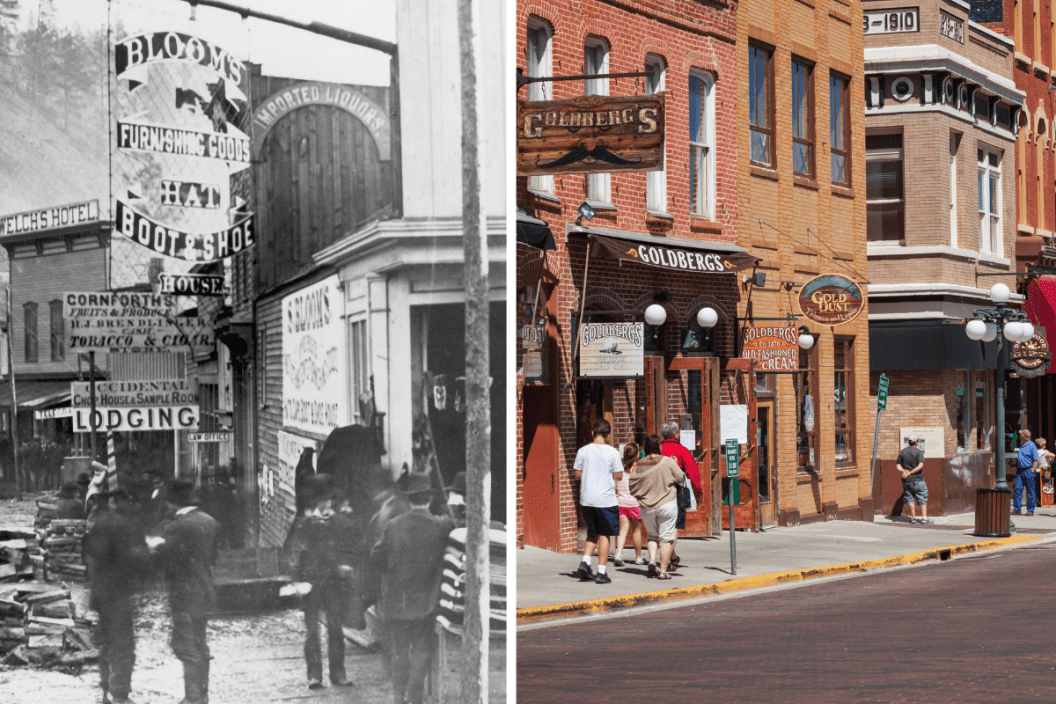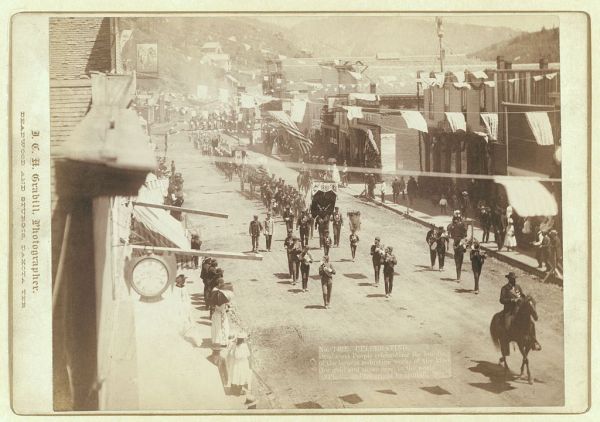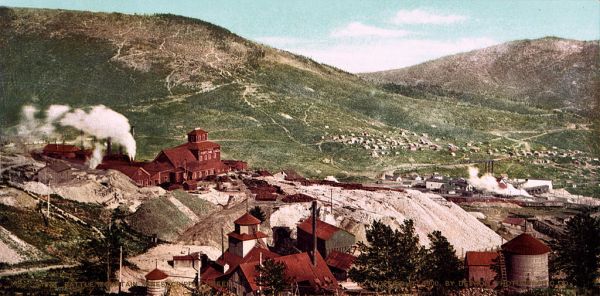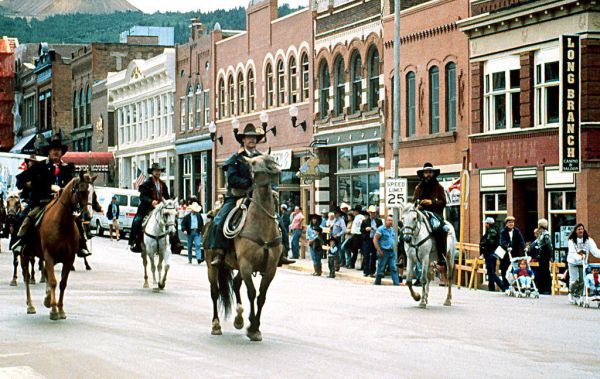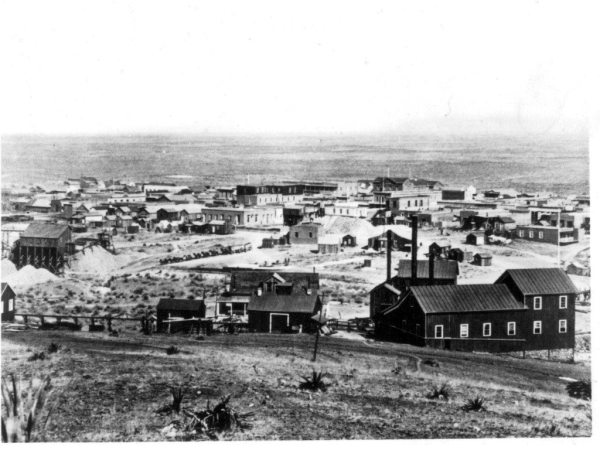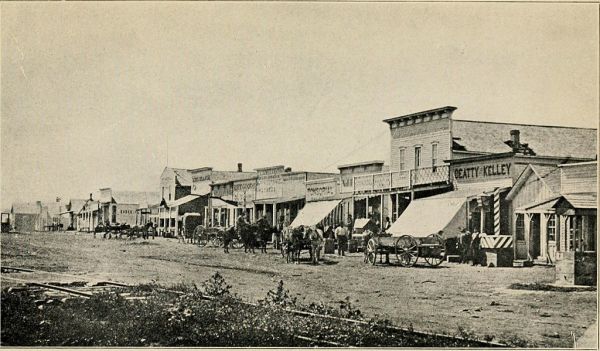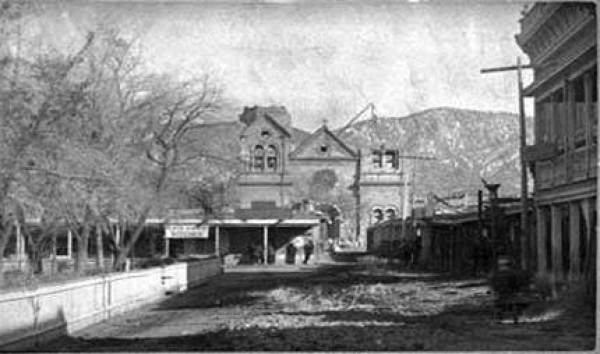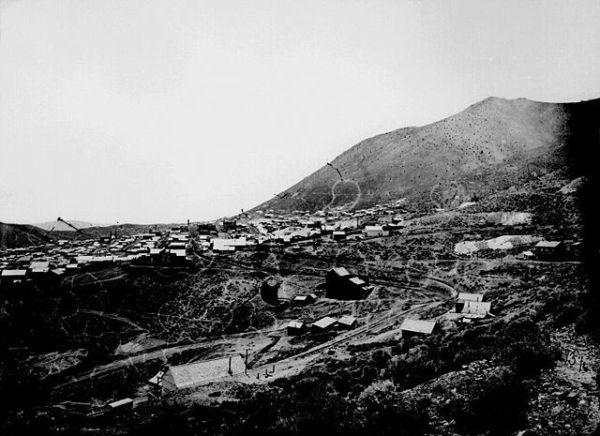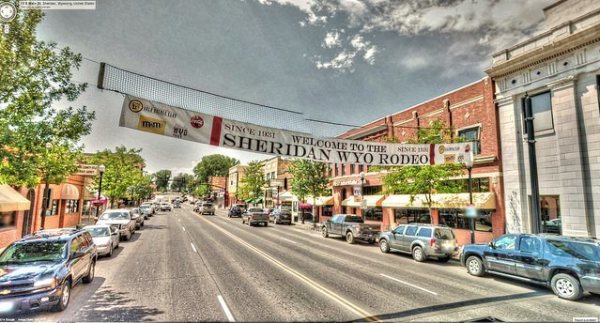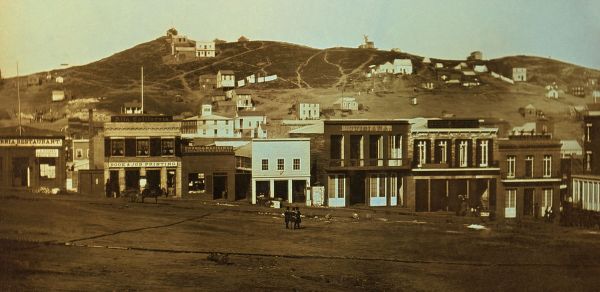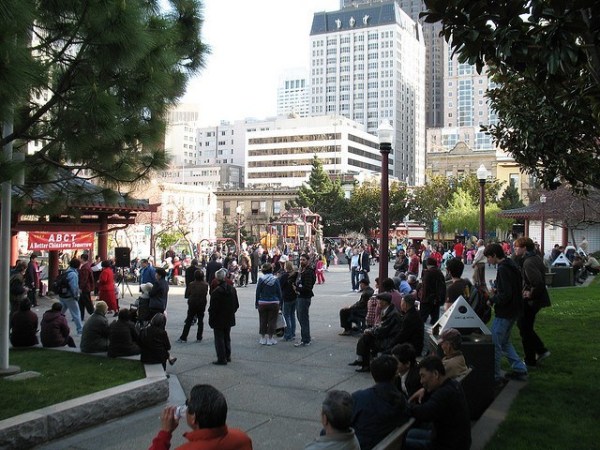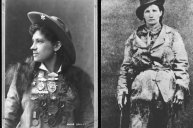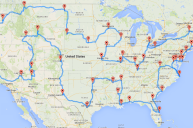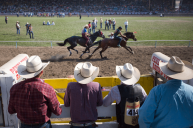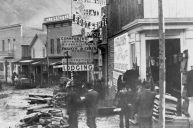You ride into town, sliding down off your horse, dust rising, spurs jingling at your heels. Somewhere glass breaks and a woman laughs. A lawman eyes you warily as he crosses the street. You tip your hat and an ace of hearts falls out. You hastily stuff it back inside.
You've heard there's gold in them hills and you're aiming to make some of it yours. But you'd be just as happy with a bottle of whiskey and a good draw at poker.
You're in the Old West.
Sometimes a name is all it takes to evoke the image and feel of a place. Deadwood. Tombstone. Dodge City. These places are larger than life, or at least were, once upon a time. What were they like back then, and what are they like now? We're talking the real deal, not Donley's Wild West Town amusement park outside of Chicago, Illinois (although it is pretty cool you get to pan for gold at the Sweet Phyllis gold mine).
Read on for a journey back in time and find out more about what these 8 wild west towns are like today.
8. Deadwood, South Dakota
Located in the stunning Black Hills, there may be no name more evocative of the Wild West than Deadwood.
What was like back then: People got gunned down over hands of poker (aces and eights, the dead man's hand, is from here).
What it's like now: Watch daily Wild West Show shootouts on Main Street or re-enactments of Wild Bill Hickok's slaying. You can even visit Calamity Jane's grave. It's safe to say that Deadwood has embraced its wild west past. And with good reason. The entire town is a National Historic Landmark. If you're feeling like some action — wild west style — Deadwood's your place.
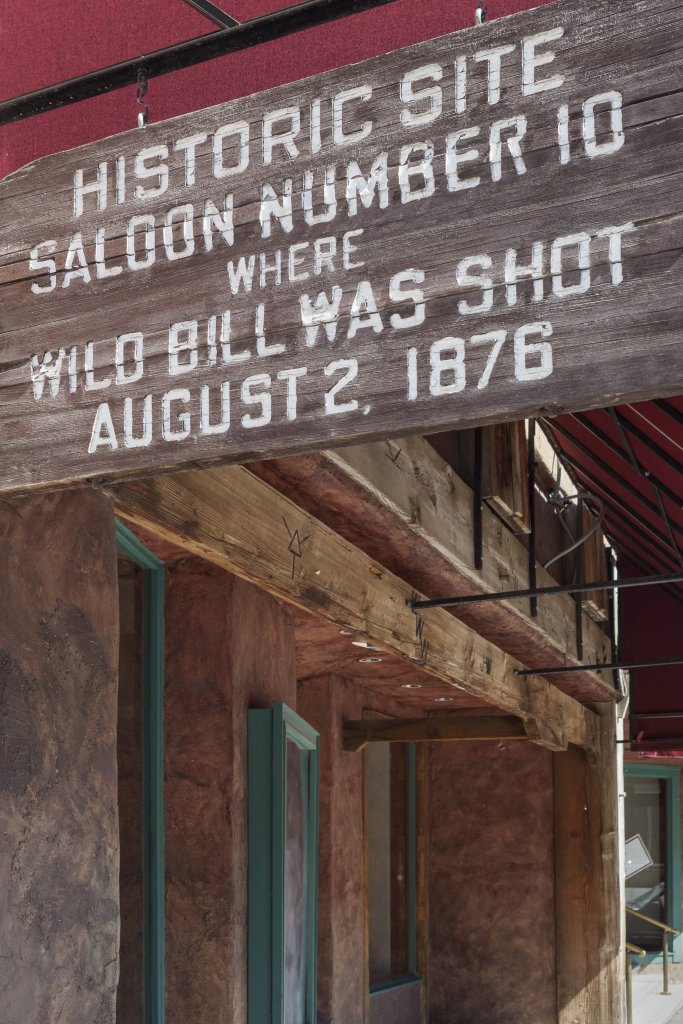
Sign Commemorating the Shooting of Wild Bill Hickok at historic Saloon Number 10 in Deadwood, South Dakota. (Photo by: Universal Images Group via Getty Images)
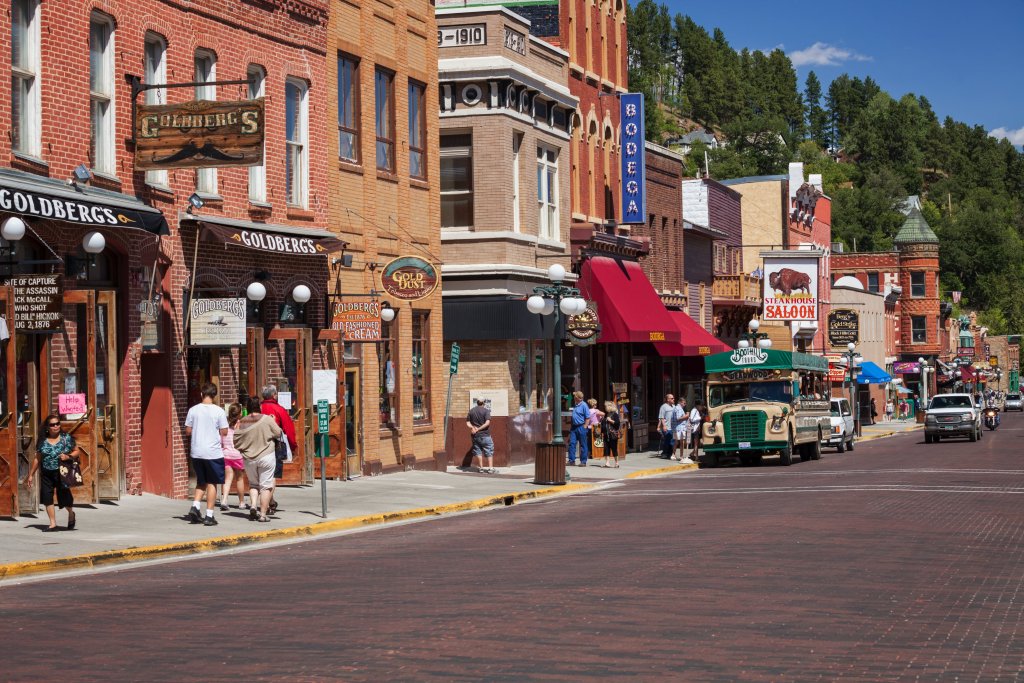
Photo by: Universal Images Group via Getty Images
7. Cripple Creek, Colorado
Cripple Creek was the home to the last great Colorado gold rush (the place for gold-panning) and one of the largest gold strikes in history.
What it was like back then: Cripple Creek was flooded with prospectors looking to strike it rich and burning down pretty much everything in the process. (The city was destroyed twice by fire in 1896. In a period of four months.)
What it's like now: Cripple Creek, which is roughly 100 miles from Denver, has legalized gambling and is home to casinos in many of the town's historic buildings. It is also being hummed by just about everyone who is reading this right now: "Up on Cripple Creek/she sends me..."
6. Tombstone, Arizona
Just the name is enough to conjure up visions of cowboys, cattle drives, stagecoaches and the OK Corral.
What it was like back then: The mines at Tombstone pumped out somewhere around $50 million of silver bullion in a little more than 10 years at the end of the 19th century. The Earp brothers tried to keep the drinking, prostitution, gambling and carousing at bay.
What it's like now: Tombstone remains a bit of a curiosity of a town with a population of just over 1,000. Its dependent upon its tourism trade. It's also, surprisingly, home to the world's largest rose bush.
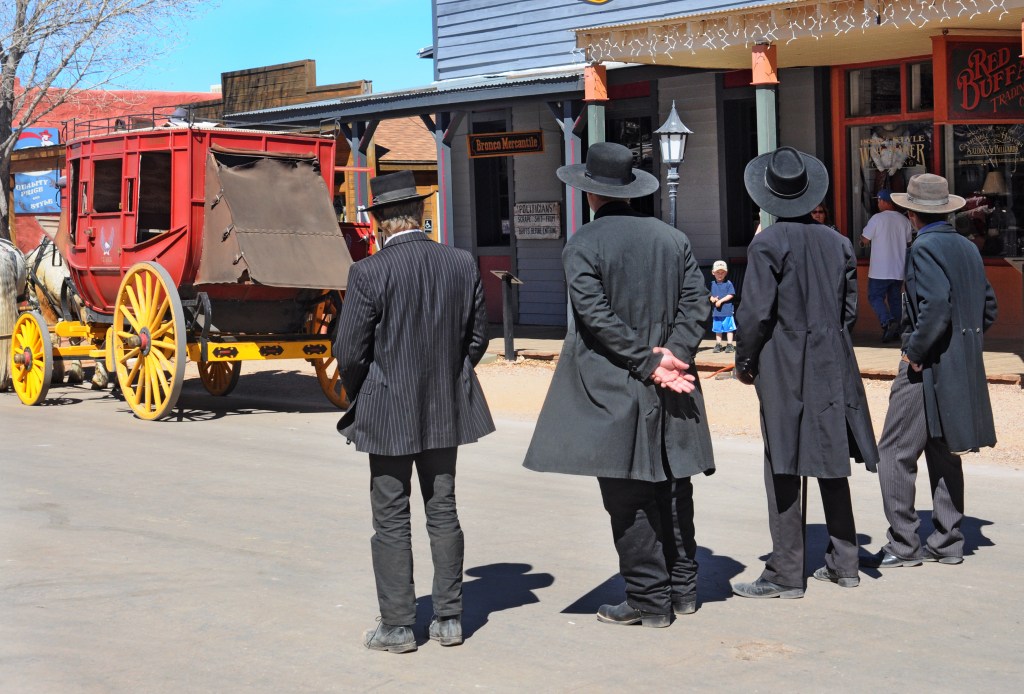
Photo by Robert Alexander/Getty Images
5. Dodge City, Kansas
If you've ever had to "get out of Dodge," you may understand what this wildest of wild west towns was like back when Wyatt Earp and Bat Masterson were patrolling the streets. Sounded like a real roller coaster ride.
What it was like back then: Dodge City served as a railhead for longhorns coming up from Texas to be put on a trail and shipped west. It also boasted an alarmingly high number of gunfighters, brothels and all other manner of wild west shenanigans. It's still home to the historic Long Branch Saloon.
What it's like now: Dodge City's economy is centered around meatpacking, not too far from its Queen of the Cowtowns origins. Though there is a healthy historic district and tourism trade, the number of brothels and gunfights has plummeted.
4. Santa Fe, New Mexico
Founded in 1610 by a Spanish Don as a capital of the area, Santa Fe is the oldest capital city in the United States. For hundreds of years, it served as the seat of the province and region.
What it was like back then: Santa Fe was an important government and trade center and destination of the Santa Fe Trail.
What it's like now: Santa Fe has preserved much of its unique cultural heritage and is a UNESCO Creative City, earning the award for its support of the arts. It is a popular tourist destination and consistently ranks as being one of the U.S.'s best places to live. It even has its own world-renowned opera house.
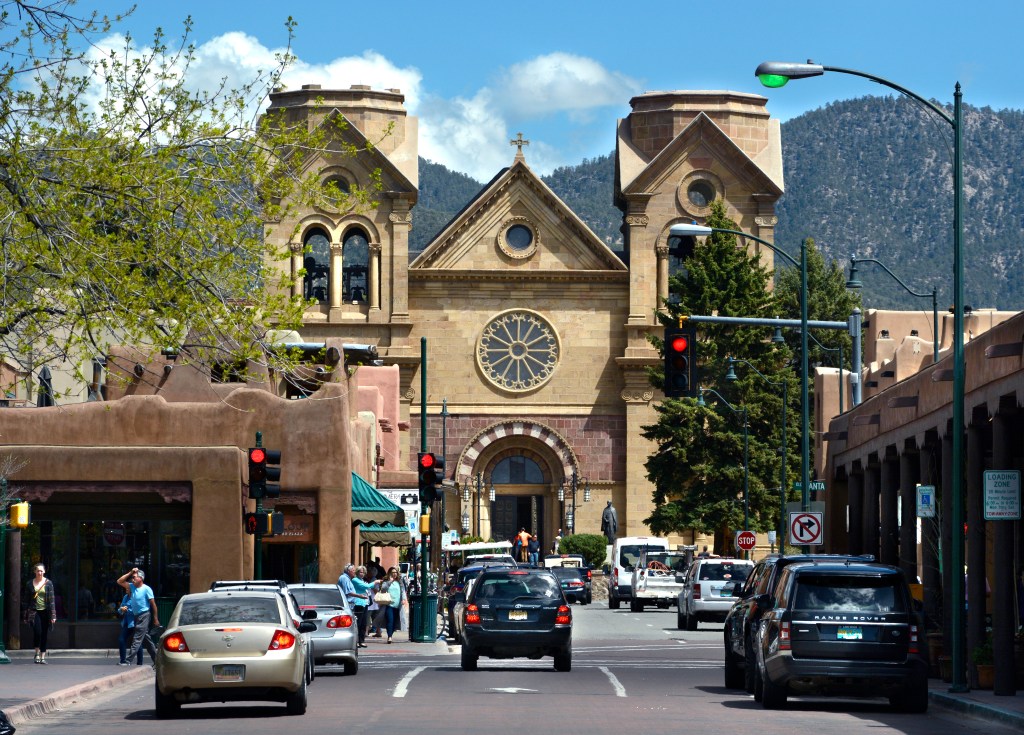
Photo by Robert Alexander/Getty Images
3. Virginia City, Nevada
You might not have heard of Virginia City, Nevada before, but it's one of the most iconic Old West mining towns. The single richest deposit of silver and gold ever struck in the continental U.S. was found here in 1859.
What it was like back then: Virginia City was a mining boom town. People came to make fortunes and they did. They also lost fortunes and many tragically lost their lives in the mines. Even Samuel Clemens (we know him as Mark Twain) found his way to Virginia City.
What it's like now: A whopping 800 or so people live there. Though somewhat of a ghost town, it is nearly entirely devoted to tourism and preserves its historic character. It is also a National Historic Landmark.
2. Sheridan, Wyoming
Sheridan, Wyoming lies smack dab in the middle of traditional Sioux and Crow hunting grounds on the Bloody Bozeman Trail. The area was home to such legends as Red Cloud, Sitting Bull,and Crazy Horse. And gold seekers flocked to the area.
What it was like back then: Home to the Sheridan Inn, a National Historic Landmark that's still open to visitors today.
What it's like now: Sheridan is home to over 17,000 residents with 10 sites on the National Register of Historic Places. In 2017, it was named among True West's Top Western Towns.
While you're in Wyoming, take a 3 hour drive west to Cody, Wyoming, the Rodeo Capital of the World, and visit the Buffalo Bill Center of the West.
1. San Francisco
San Francisco. What is there to say about San Francisco? The California gold rush turned what was a town of 1,000 into a metropolis of over 25,000 in less than a year in 1849.
What it was like back then: The Barbary Coast, near Portsmouth Square, was a lawless shanty presided over by criminals and vigilante justice. Shipfuls of British convicts meant for the Australian penal colonies landed and set fire to San Francisco six times in four years to distract residents while they looted and pillaged.
What it's like now: Portsmouth Square is now a pleasant plaza and San Fran is a commercial and cultural hub in the Golden State.
Editor's Note: This article was originally published in 2018.
READ MORE: Cowboy Songs: The 15 Best in the Wild West
